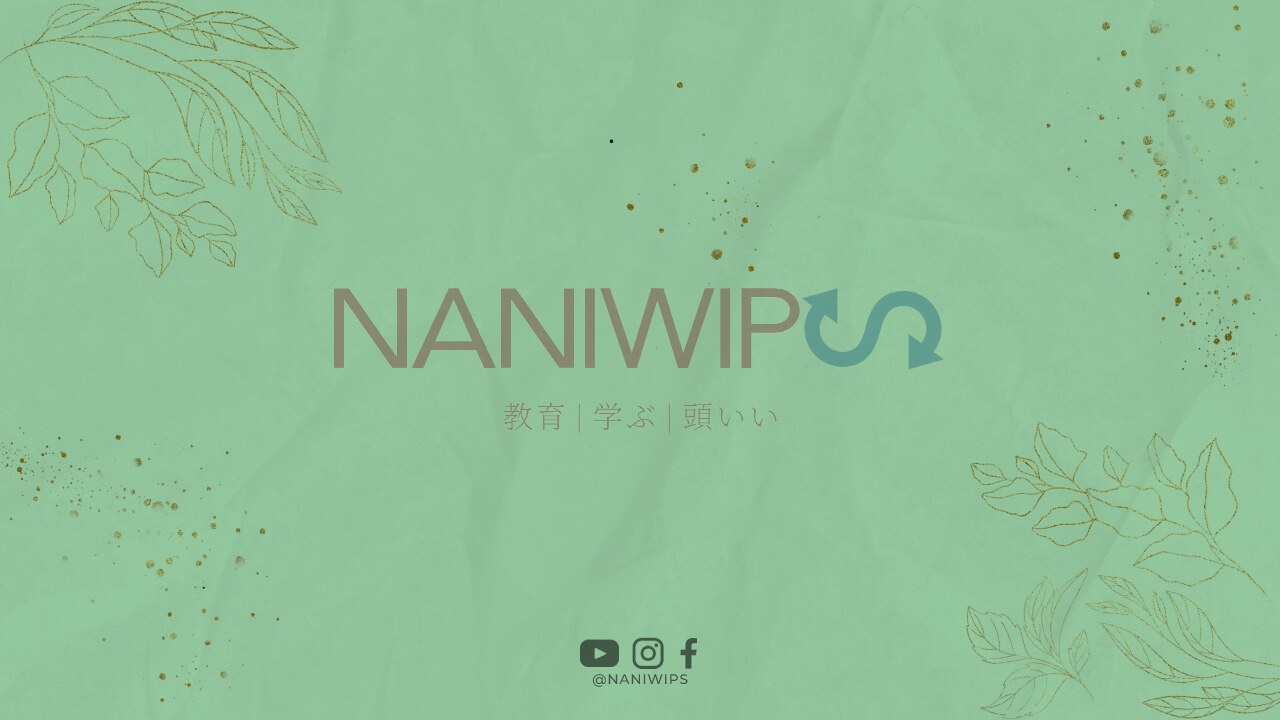カリキュラム (Curriculum) is a term that refers to the set of courses, activities, and learning experiences that are designed to achieve a specific educational goal. It is an essential component of any educational program, as it provides a roadmap for teachers and students alike, outlining the necessary steps for achieving mastery of a particular subject or set of skills.
The Purpose of a Curriculum
The primary purpose of a curriculum is to provide a structured and organized approach to learning. By defining the scope and sequence of a course of study, a curriculum ensures that students are exposed to all of the essential concepts and skills required for mastery of a particular subject. It also provides a framework for teachers to create lesson plans, assessments, and other teaching materials that align with the overall goals of the educational program.
Another key purpose of a curriculum is to ensure that all students receive a consistent and high-quality education. By providing a clear set of standards and expectations, a curriculum helps to ensure that all students have access to the same knowledge and skills, regardless of their background or prior educational experiences.
The Elements of a Curriculum
A well-designed curriculum typically includes several key elements, including:
- Learning objectives and outcomes
- Scope and sequence of content
- Assessment strategies and tools
- Evaluation and feedback mechanisms
- Instructional strategies and resources
Each of these elements plays a critical role in ensuring that the curriculum is effective and meets the needs of both teachers and students.
The Benefits of a Strong Curriculum
A well-designed curriculum can have numerous benefits for both teachers and students. Some of the key benefits include:
- Improved student achievement and engagement
- Consistent and high-quality instruction
- Increased teacher effectiveness and job satisfaction
- Clear expectations and standards for all stakeholders
- Alignment with state and national standards
By providing a clear and structured approach to learning, a strong curriculum can help to ensure that all students have access to the knowledge and skills they need to succeed in school and beyond.
The Role of Teachers in Developing a Curriculum
While curriculum development is often led by educational administrators and curriculum specialists, teachers play a critical role in the process. Teachers are responsible for implementing the curriculum in the classroom and are in the best position to provide feedback on its effectiveness and relevance to student needs.
As such, it is important for teachers to be involved in the curriculum development process, providing input and feedback on the design and implementation of the curriculum. This can help to ensure that the curriculum is relevant, effective, and meets the needs of both teachers and students.
Challenges in Curriculum Development
Despite the many benefits of a well-designed curriculum, there are also several challenges that can arise in the development process. Some of the key challenges include:
- Meeting the needs of a diverse student population
- Aligning the curriculum with state and national standards
- Ensuring that the curriculum is relevant and up-to-date
- Providing adequate resources and support for teachers
- Integrating new technologies and instructional methods
Overcoming these challenges requires a collaborative and data-driven approach to curriculum development, with input and feedback from all stakeholders.
Conclusion
カリキュラム (Curriculum) is an essential component of any educational program, providing a structured and organized approach to learning that ensures all students have access to the knowledge and skills they need to succeed. By defining the scope and sequence of a course of study, a curriculum provides a roadmap for teachers and students alike, outlining the necessary steps for achieving mastery of a particular subject or set of skills. While there are many challenges that can arise in the development process, a well-designed curriculum can have numerous benefits for both teachers and students, including improved student achievement and engagement, increased teacher effectiveness and job satisfaction, and clear expectations and standards for all stakeholders.



